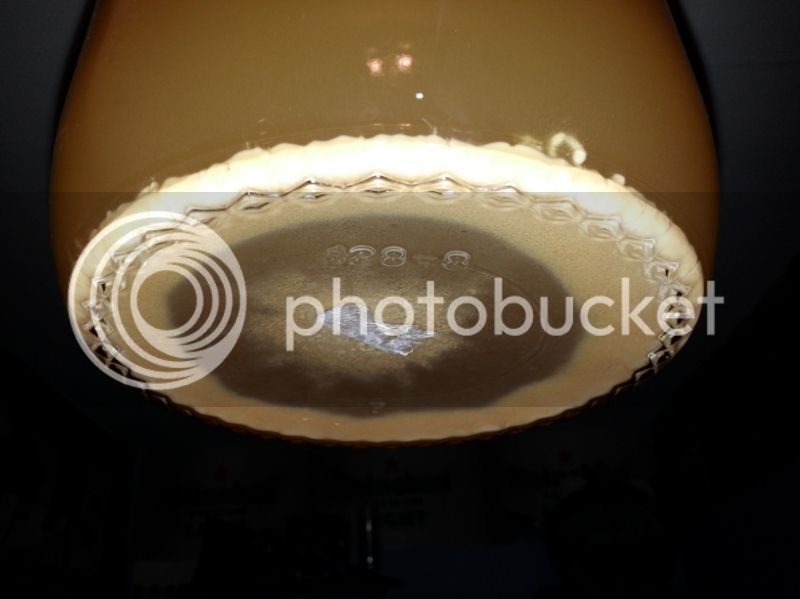stromam
Well-Known Member
If this works, I'm going back to my stir plate idea for primary fermentation since I won't have to fight the fallen yeast. Since I'm under positive pressure constantly, I wouldn't have the O2 going into the fermenting beer like in a starter to worry about and it would move the beer around the beads for greater yeast to beer contact. I'm in a Sanke so I plan on side wall stir bar agitation with a more spherical type of stir bar. My thoughts go to containing the beads in larger tea balls so they don't have any possibility of going into my dip tube when transferring to my serving keg.
One question that I am worrying about if this works: What about lagers? For ales floating beads is great since they are at the top, but what about bottom fermenting yeast strains? Would circulating via stir bar overcome this no matter the strain, or would you have to contain or sink the beads for lager?
Man this is a great experiment and I can't wait to see when tasting comes into the equation.
Someone may have answered this already, but it isn't the fact that lager strains sit on the bottom that make them lagers. They are just a different strain of yeast that ferment at lower temperature. That lower temperature fermentation means slower fermentation and the yeast cells don't get caught up as much in the rising CO2 so they tend to sit on the bottom. It really doesn't matter where the yeast is located in the wort.
In other words the "top fermenting"/"bottom fermenting" is only a function of temperature, you can use a lager yeast as a top fermenting if you crank up the temperature and an ale strain as a bottom fermenting if you turn it down, the strains have just been "optimized" to do one or the other.






